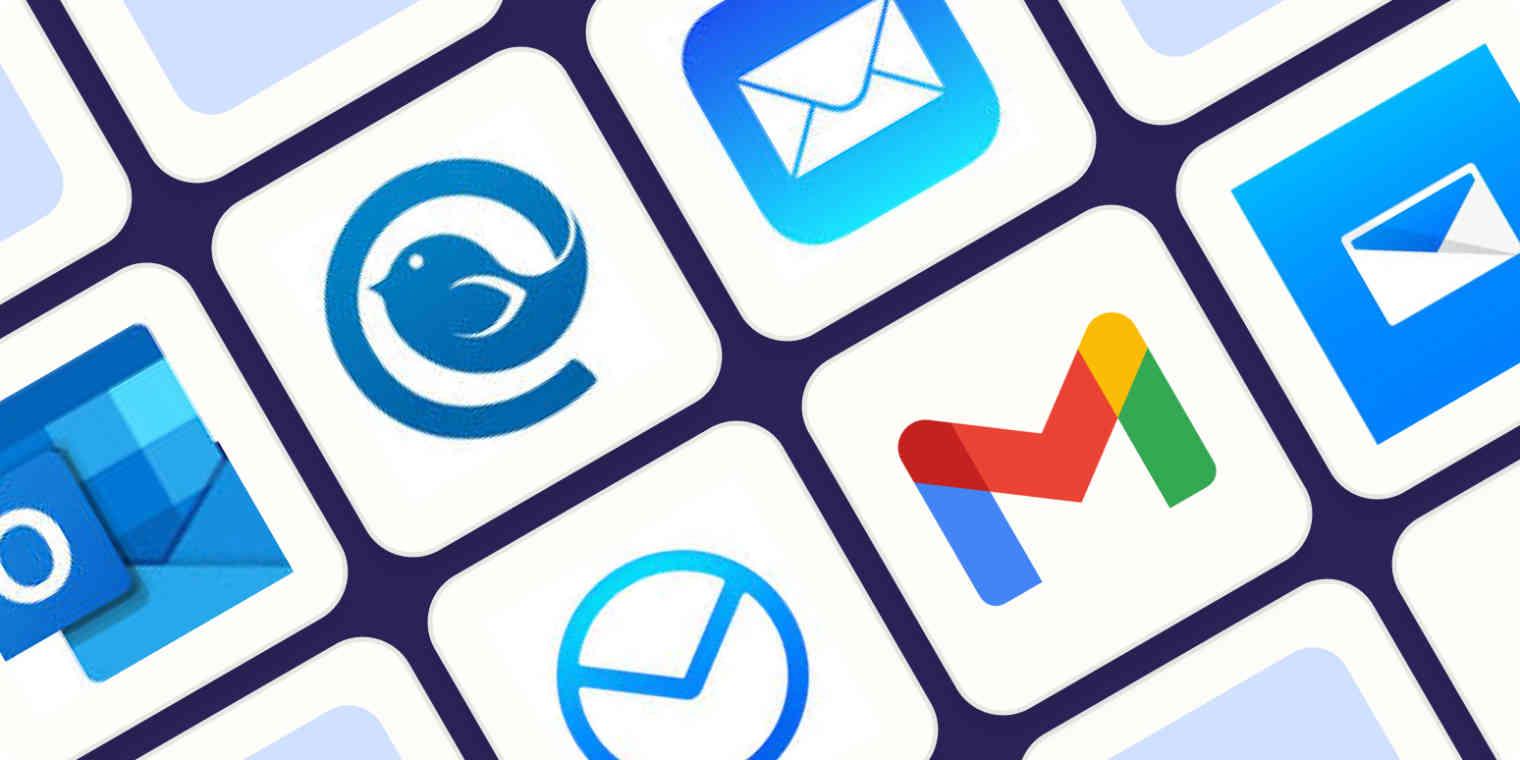Understanding Your Audience
Understanding your audience is akin to setting the right course for your ship. It involves recognizing the diverse backgrounds, learning styles, and expectations of your participants. Here’s how you can get a clear picture:
- Conduct Surveys and Polls: Before the session, gather insights about your audience’s interests and learning preferences.
- Analyze Previous Interactions: If you’ve conducted sessions before, review the feedback and participation patterns to understand what worked and what didn’t.
- Adjust to Learning Styles: Not everyone learns the same way. Some may prefer visuals, while others lean towards text-based or auditory learning. Tailoring your content to accommodate these styles can be a game-changer.
By knowing who is on board, you can navigate your digital learning ship in a way that resonates with everyone.
Interactive Content Design
Designing content for digital learning is like crafting a map for an exciting treasure hunt; it should be engaging, interactive, and rewarding. To ensure your learners stay on the path, consider the following:
- Break It Down: Complex topics should be divided into smaller, manageable sections. This makes it easier for learners to digest and retain information.
- Use Multimedia Wisely: A mix of videos, images, and text can cater to different learning preferences, keeping the content dynamic and interesting.
- Interactive Elements: Incorporate quizzes, polls, and discussion forums to transform passive listening into active participation.
Remember, the goal is to make learning an adventure, not a chore.
Effective Communication Techniques
Communication in a digital environment is the compass that guides learners through your content. To ensure clarity and maintain engagement, consider these techniques:
- Clear and Concise Language: Use simple, straightforward language to convey your ideas. Avoid jargon unless it's essential and always provide explanations for any complex terms used.
- Voice Modulation: Your voice is a powerful tool. Changing your tone and pace can help emphasize key points and keep the audience engaged.
- Visual Aids: Well-designed slides, charts, and infographics can significantly enhance understanding and retention of information.
Effective communication is about making sure every learner feels included and can easily navigate the material you present.
Leveraging Technology for Enhanced Learning
Technology in digital learning is the wind in your sails. It can significantly enhance the learning experience if used correctly. Here are some ways to make the most of it:
- User-Friendly Platform: A platform that is easy to navigate and reliable is crucial. For instance, a webinar platform can offer features like live polling, chat functions, and breakout rooms, enriching the overall experience.
- Interactive Tools: Use tools like digital whiteboards, shared documents, and interactive quizzes to encourage participation and collaboration.
- Feedback Mechanisms: Technologies that allow for instant feedback help keep the session dynamic and responsive to learner needs.
By harnessing the right technology, you can ensure smooth sailing for your digital learning journey.
Conclusion
In conclusion, maximizing engagement in digital learning environments is about understanding your audience, designing interactive content, communicating effectively, and leveraging technology. Each of these elements plays a vital role in creating a learning experience that is not only informative but also enjoyable and memorable. By applying these strategies, educators and trainers can transform their digital classrooms into vibrant, interactive spaces where learning thrives. Remember, the key is to keep exploring and adapting, as the digital learning landscape is ever-evolving.
